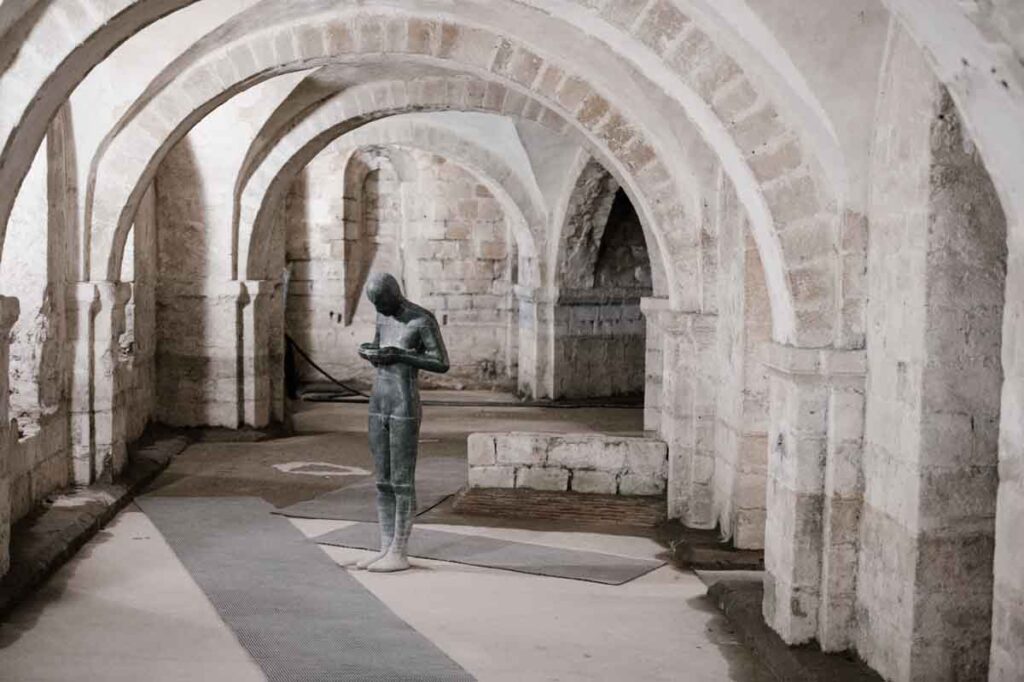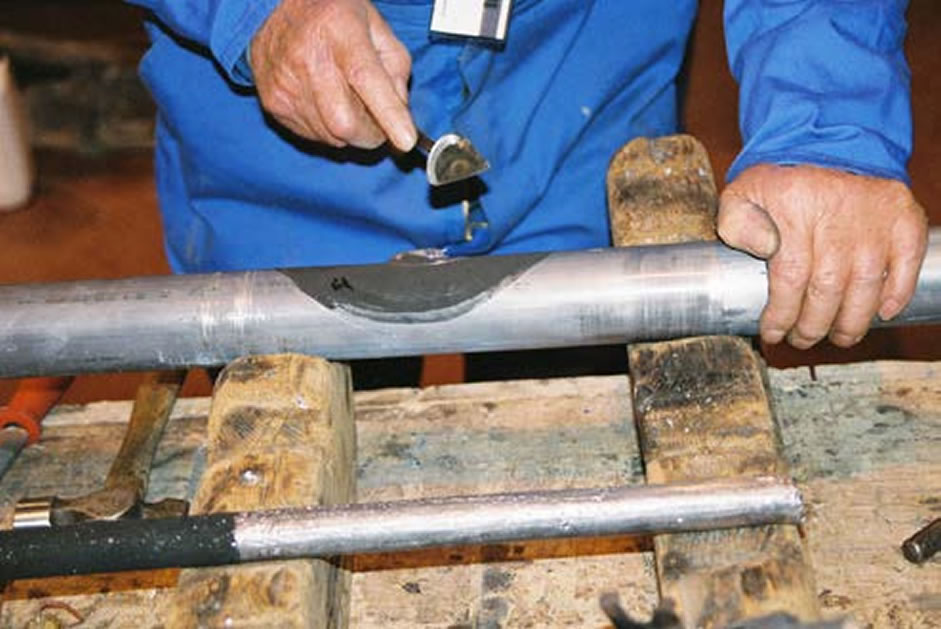


You may not realise it, but Hampshire has many historic, beautiful buildings. From ancient churches to grand manors, our architecture is a source of national pride and, when adequately conserved and restored, can become central hubs in their local communities.
We have proudly preserved Hampshire’s architectural heritage in relative obscurity for years. Now, however, that all looks set to change. We aim to take the county’s unique architectural past and bring it into the present with various imaginative restoration projects. The goal is to conserve these buildings for future generations, provide them with uses that suit the modern world, and make them accessible to everyone.
Hampshire is home to some of the most exquisite historic buildings in the country. Hampshire’s architectural past provides a unique insight into its history, from manor houses to churches and mills.
The most famous of these sites are often found on the local tourist trail. Still, many hidden gems are waiting to be discovered, potentially uncovering centuries-old stories and further understanding of the region.
However, despite this largely undiscovered architectural treasure, Hampshire’s historic buildings remain at risk from uncontrolled development. That’s why it’s so crucial for us all to take action and work together to protect and restore our heritage for future generations – because every building tells a story we can learn from.
There’s no denying the beauty of Hampshire’s built heritage. From the old-style buildings in the city centre to the stately stone structures of rural areas, these buildings stand testament to the region’s past.
But these architectural gems are just as in danger of disappearing as they were at any other time, which is why conserving and restoring them can enjoy them for generations to come. Luckily, there are several great ways we can go about doing this.
One way is through active conservation. This means cleaning and repairing structures to maintain their original format and appearance. It also includes patching up cracks and replacing missing elements with materials similar to their original form.
Another way is through adaptive reuse, transforming existing buildings into valuable spaces for modern life while still preserving their historic character. This could mean converting a stately old house into offices or creating an event venue from a former industrial site.
By taking care of these historical gems, we will be able to appreciate them for longer and gain a deeper understanding of our past and its influence on us today while protecting our region’s unique identity and heritage for the future too!

You probably know about the Portsmouth Historic Docks Rescue Project if you’re from Hampshire. It’s one of the first steps to conserving and restoring much of the county’s architectural past.
The project aimed to preserve sites along the Solent Coast essential to Hampshire’s architecture and heritage, like churches, castles and monasteries. Other goals of the project include:

The Portsmouth Historic Docks Rescue Project has been incredibly successful in conserving Hampshire’s architectural past. It will continue as a model for preservation in other parts of England for years to come!
If you love Hampshire’s ancient architecture, check out the Winchester Cathedral renovation project. It’s a perfect example of how preservation and restoration can bring new life to an old building.
The cathedral, built in the 11th century, has undergone a significant overhaul for over ten years. And thanks to the care and hard work of the architects, conservators, stonemasons and other specialists on the project, structures like the great crypt are being brought back to their original glory.
Part of what makes this project so unique is that it combines modern technology with traditional methods. For example, engineers used innovative laser scanning techniques to map out every single detail of the cathedral, from its detailed carvings down to its intricate floor tiles, and then feed this data into 3D models; meanwhile, stonemasons use traditional restoration techniques like lime plastering to ensure authenticity is kept.

This combination of old and new allows for better planning processes for conservation and reconstruction work, allowing professionals to understand better how the building was initially constructed and what it needs now to be preserved for future generations.
All in all, it’s inspiring stuff!
When reclaiming Hampshire’s architectural past, building regulations in conservation areas play an essential role. Enforcing regulations and standards helps ensure that new development is carried out sensitively so that the area’s heritage stays intact.
So what building regulations should you be aware of when starting a project? Here are some key points:
By following these guidelines and understanding local planning policy, you’re taking necessary steps towards conserving and restoring Hampshire’s historic buildings while avoiding potential legal issues!
It’s no secret that Hampshire’s architectural past is full of stunning and unique designs, but now there is a renewed appreciation for the work that went into these old buildings. Many of them are in a state of disrepair, and preservation experts are hard at work bringing them back to their former glory.
So what are they doing to ensure these historic buildings are remembered?

At the start of any conservation project, the condition of the building is first assessed. If a building is no longer safe, it may have to be restored or adapted to bring it back to standard. This can involve everything from replacing broken windows and doors to repairing plasterwork and restoring woodwork.
More intensive conservation techniques, such as repointing brickwork or replacing timber frames, may be needed in more severe cases. It all depends on the damage the building has sustained over time, its historical significance, and its importance for future generations.
The restoration process for a building can be lengthy and costly, which is why special funding opportunities are available from local councils, trusts and other organisations. These programs offer grants for repairs, renovations and other works that can help protect Hampshire’s architectural history from destruction or disrepair.
Ultimately, preserving our heritage has become more critical than ever before and investing in these restoration projects will ensure that Hampshire’s architectural past remains alive for years to come!
Hampshire is blessed with a rich architectural history and some incredible historic buildings. The initial steps being taken towards conserving and restoring these buildings preserve the country’s architectural legacy and stimulate growth in the local economy directly through the restoration work and indirectly through tourism. It’s a win-win situation that is sure to benefit all involved.
So why not take some time to explore Hampshire’s architectural past and appreciate all the county has to offer? Whether admiring the beauty of Winchester’s Cathedral or marvelling at the majestic Portsmouth Historic Docks, everyone can discover something magical in Hampshire’s architectural history.
Over the years, Tuscan Foundry has supplied cast iron guttering and pipes for projects throughout Hampshire and the surrounding counties.
Recent projects have involved supplying bespoke cast iron hopper heads for church restorations in Hampshire, along with a custom-made radius gutter for a bay on a Victorian Hampshire coastal townhouse.
Our cast iron gutters and pipes can be supplied in primer, black or bespoke paint finishes.
In addition, and because of Hampshire’s proximity to the sea, we also offer and recommend the coastal paint finish for all of our cast iron products.

Where can I purchase cast iron guttering near me in Hampshire?
Tuscan Foundry supply and deliver cast iron guttering and pipes for projects in Hampshire, nearby counties and throughout
the United Kingdom.
Can you offer site surveys for cast iron gutter replacement in Hampshire?
We provide a complete site survey for cast iron gutter and pipe in Hampshire; this service is chargeable at
a day rate and mileage. Please get in touch with us for details.
Can you reproduce original bespoke cast iron hopper heads for projects in Hampshire?
Tuscan Foundry specialises in bespoke custom-made cast iron hopper heads and can reproduce any original to
suit the building’s period or style.
Is there a typical profile of cast iron guttering used in Hampshire?
The size and profile of the cast iron gutter used on buildings in Hampshire are more relevant to the age and style of
the building, along with the size of the drained roof. We can offer guidance where required.
What is the typical lifespan of cast iron guttering in Hampshire?
The lifespan of cast iron guttering varies according to several factors. Still, the top of the list would be regular
cleaning and painting, which will depend on location, i.e. guttering and downpipes on a Hampshire coastal property will require more frequent painting than buildings inland.